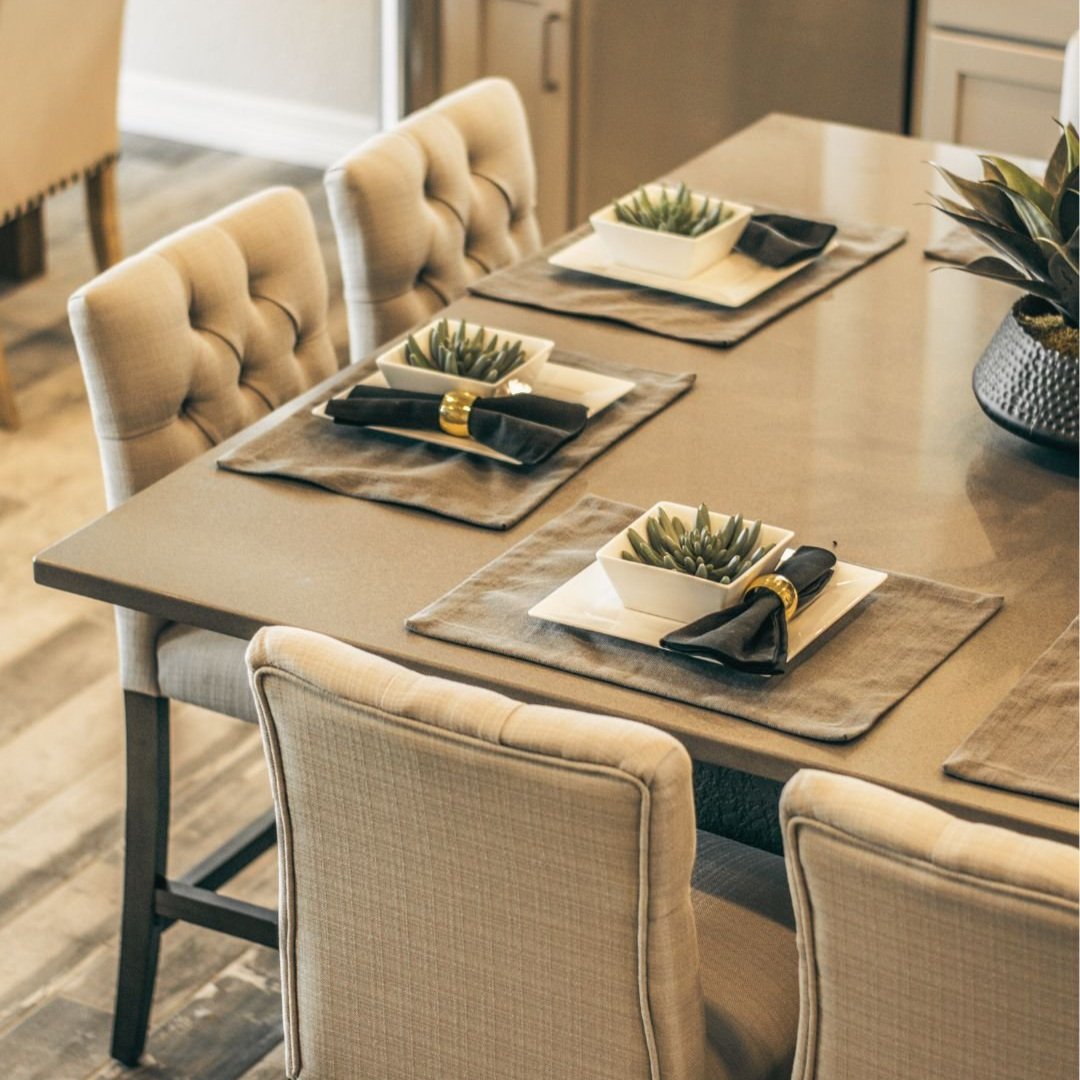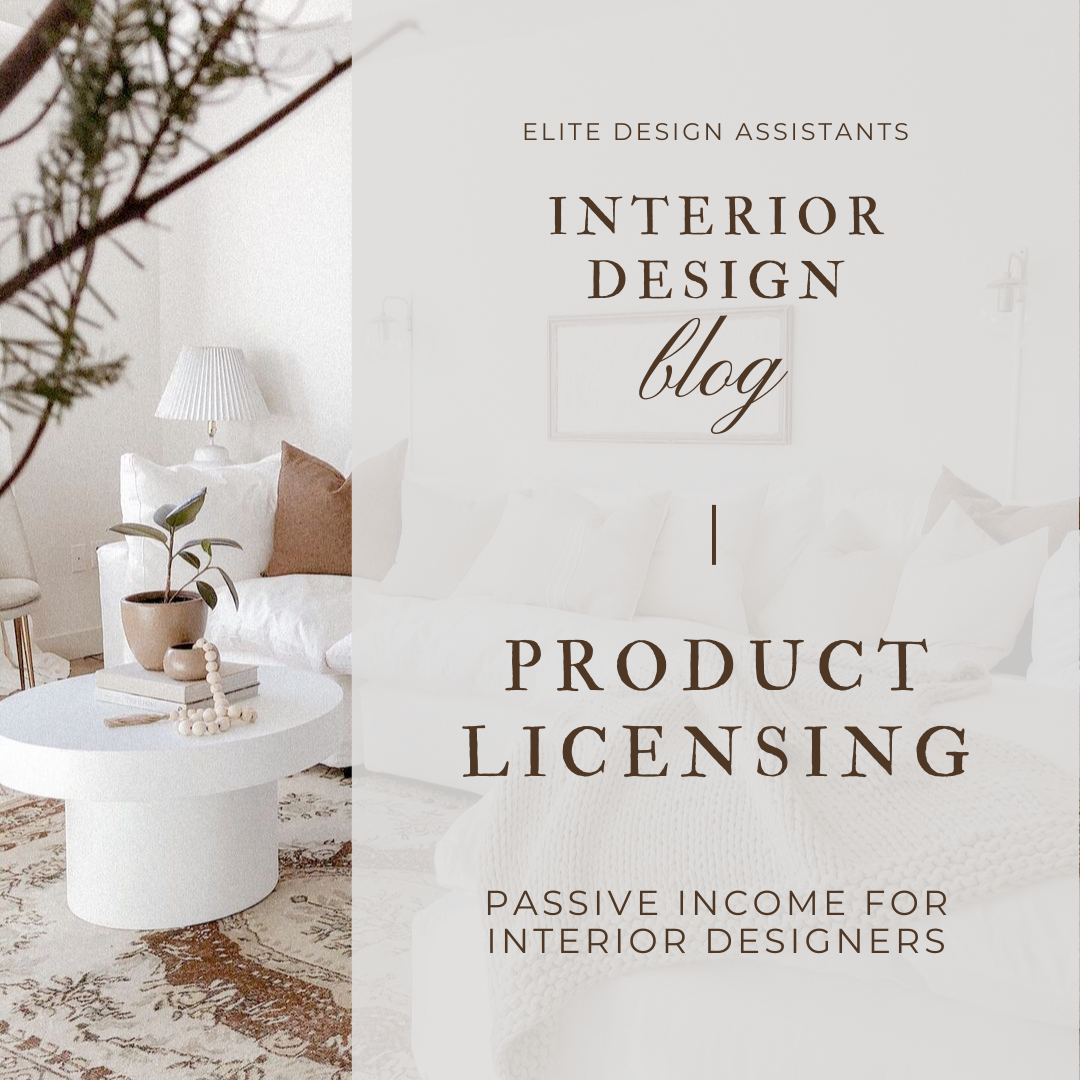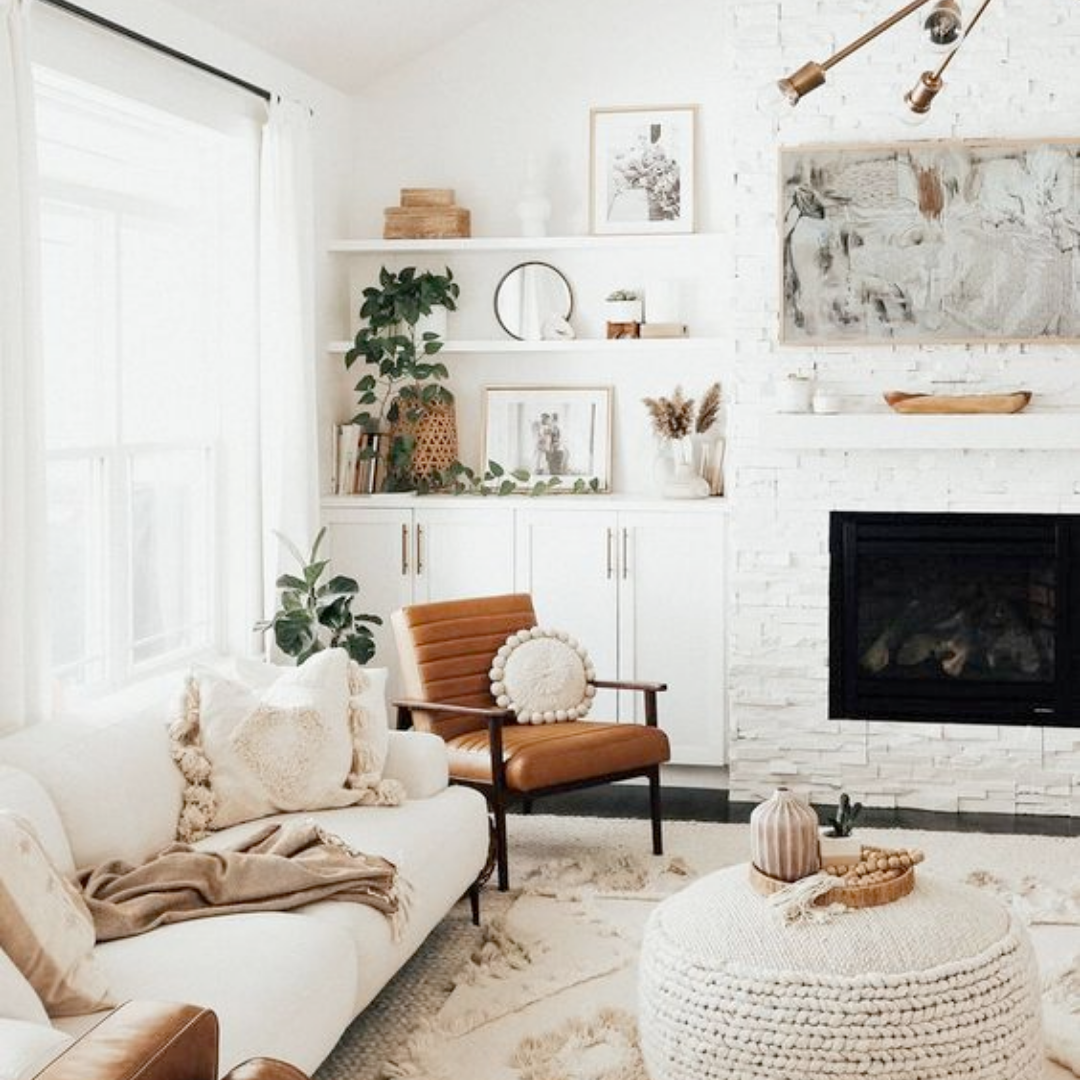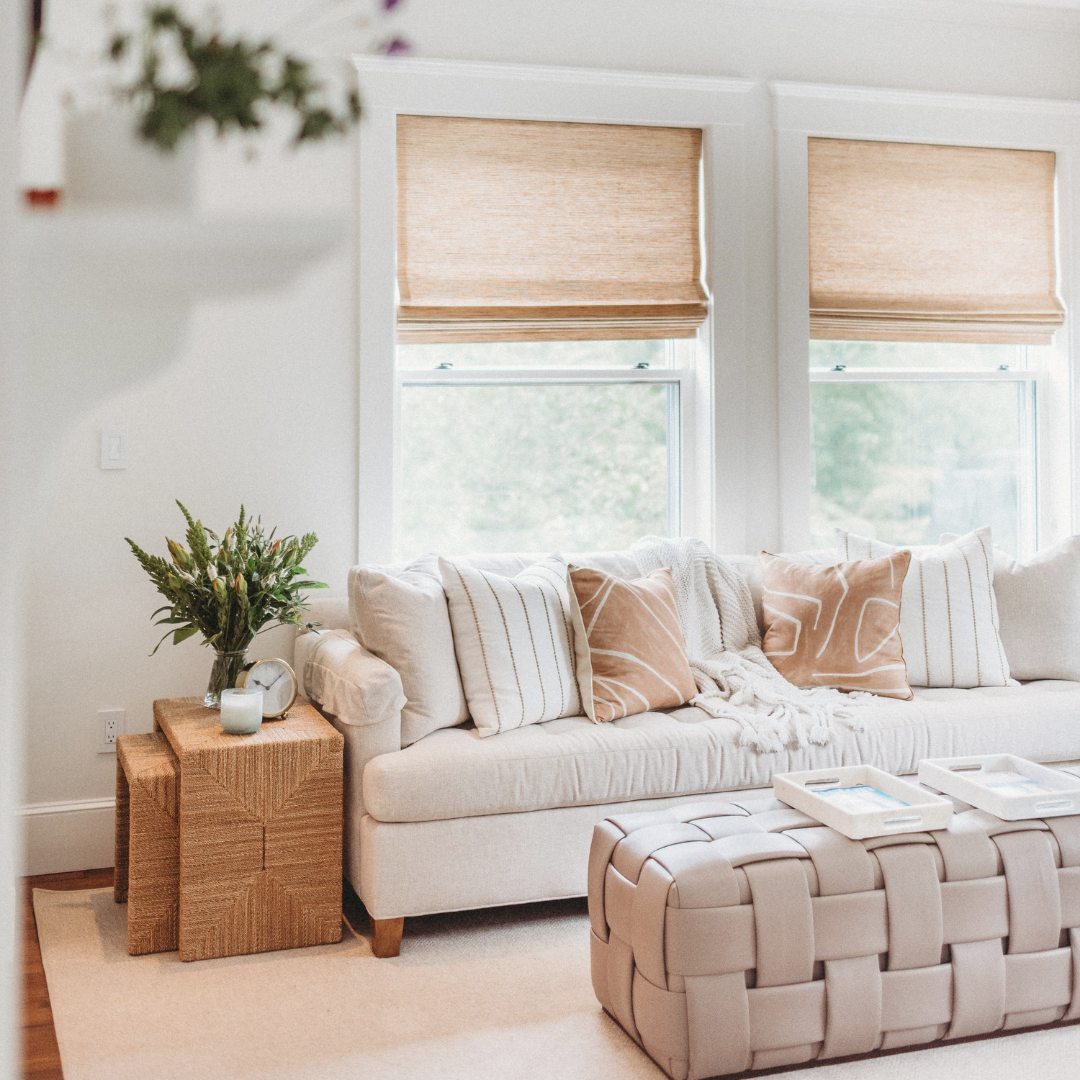Passive Income for Interior Designers: Product Licensing
/Interior designers with a unique style and eye for product design can use their skills to create another stream of income through product licensing. Product licensing is a legal agreement where a person or company allows another person or company to use their product design, brand name, or intellectual property in exchange for payment, usually in the form of royalties. In this post, we will discuss how interior designers can start a passive income stream through product licensing.
Develop A Unique Design Style
Designers with a distinguishable style and a signature aesthetic do well with product licensing. Great examples of this are Sarah Sherman Samuel who currently has a line with Lulu and Georgia and Athena Calderone and her products with Zara Home. Both designers have distinctive styles that customers want to get their hands on.
Identify Marketable Design Elements
Once a designer has established their unique design style, they can identify marketable design elements that translate well into different types of products. For example, Justina Blakeney creates fun, colorful prints that translate great to textiles, and her Jungalow Collection at Target features bedding, shower curtains, and throw blankets that sell out.
Protect Intellectual Property
It's crucial that interior designers protect their intellectual property by obtaining proper copyrights, trademarks, or patents for their original designs. This will help prevent others from copying or reproducing their work without permission and ensure that they can monetize their designs through licensing agreements. It's very important to consult with legal and business professionals experienced in intellectual property and licensing for expert advice and guidance.
Research Potential Licensees
Interior designers should research potential manufacturers, retailers, and distributors who may be interested in using their designs for products. These can be licensees that specialize in home goods, textiles, furniture, lighting, or any type of interior design-related products.
Negotiate Licensing Agreements
Once the designer has found an interested licensee, interior designers should negotiate licensing agreements that outline the terms and conditions for using their designs. This can include details such as royalty rates, exclusivity, quality control, and more. A professional legal team can help with this.
Market and Promote Licensed Products
Once licensing agreements are confirmed, interior designers can market and promote their licensed products to generate sales and royalties. This can involve utilizing their brand and design recognition through social media, trade events, or collaborations with influencers.
By capitalizing on their unique design style and brand recognition and establishing licensing agreements, interior designers can create a passive income stream through product licensing. Consulting with legal and business professionals experienced in intellectual property and licensing is essential throughout this process. If you are a designer that has ever had dreams of creating your own line of home goods, textiles, or decor accessories, it is possible through product licensing.
xx, Danae

































